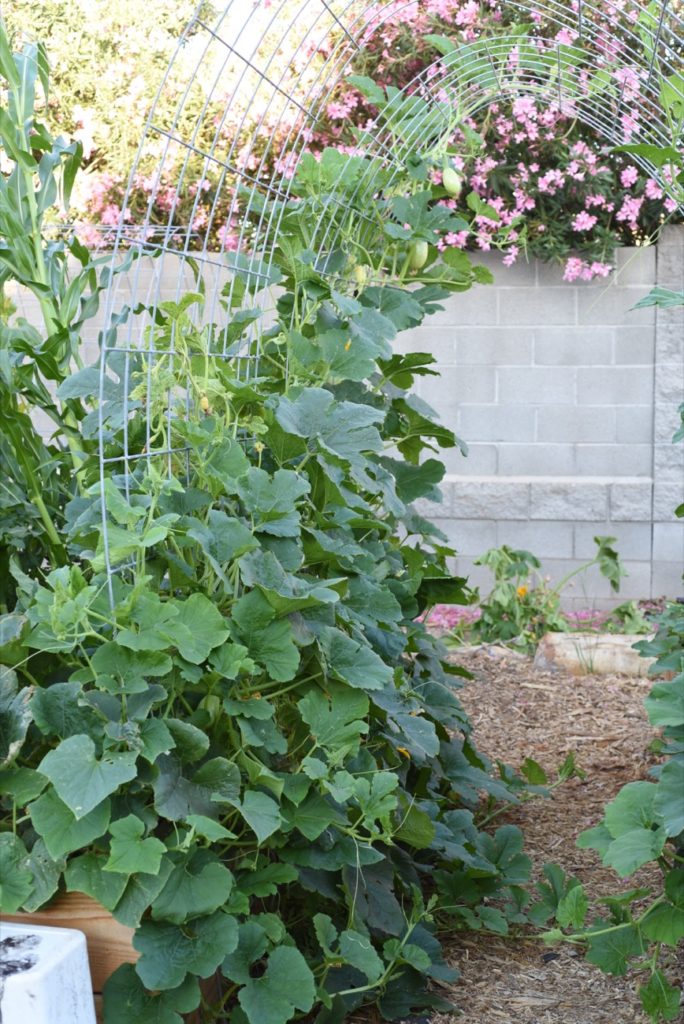
After many baking hot days, the arrival of the monsoon in the desert spells relief for the parched earth. The monsoon season is a unique opportunity for gardeners in the South West to take advantage of the expectant rains and the additional moisture in the air.
Native American tribes have relied on the monsoon rains to sustain them. This is when they would plant out corn, beans, squashes, tobacco, and cotton.
Gardeners can get a head start on the monsoon season by starting seeds indoors, but directly sowing seeds into the ground also has a place in the Monsoon garden and is beneficial for succession sowing. The growing information below will work for raised bed and container gardeners as well as in ground gardening.
INDOOR SEED SOWING
April to May is the perfect time to start planning your monsoon garden. Seedlings are best started indoors under grow lights in May and June, and planted out June and July as we get a slight drop in temperatures due to the possible rains. Melons, squash, peppers, Armenian cucumbers, luffa, and eggplant can all be started under grow lights indoors. Tomatoes and tomatillos are best started from seed mid to end June and planted out mid to end August once the evenings start to get slightly cooler.
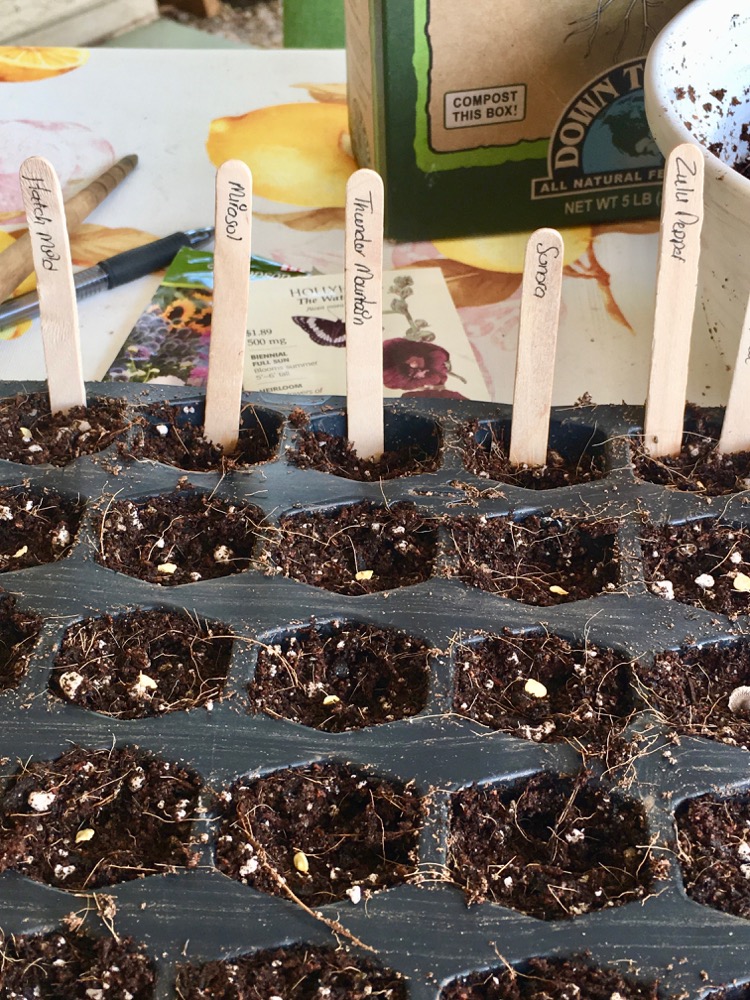
DIRECT SEED SOWING
Direct seed sowing can be started as early as May, but June is best. Native Seed Search eloquently coined the “A, B, C, S of monsoon planting”, which stands for Amaranth, Corn, Beans, and Squash. Corn, beans, and squash are often referred to as the three sisters because they were planted together to mutually benefit each other. Squash can be replaced by melons in this system of planting. Often, a fourth sister was added. Amaranth, tobacco, or sunflowers all make a good fourth sister. A three sisters garden is planted by direct sowing of seeds.
Elsewhere in North America, the three sisters were traditionally planted on raised hills, but in the desert, a better option would be to consider waffle beds.
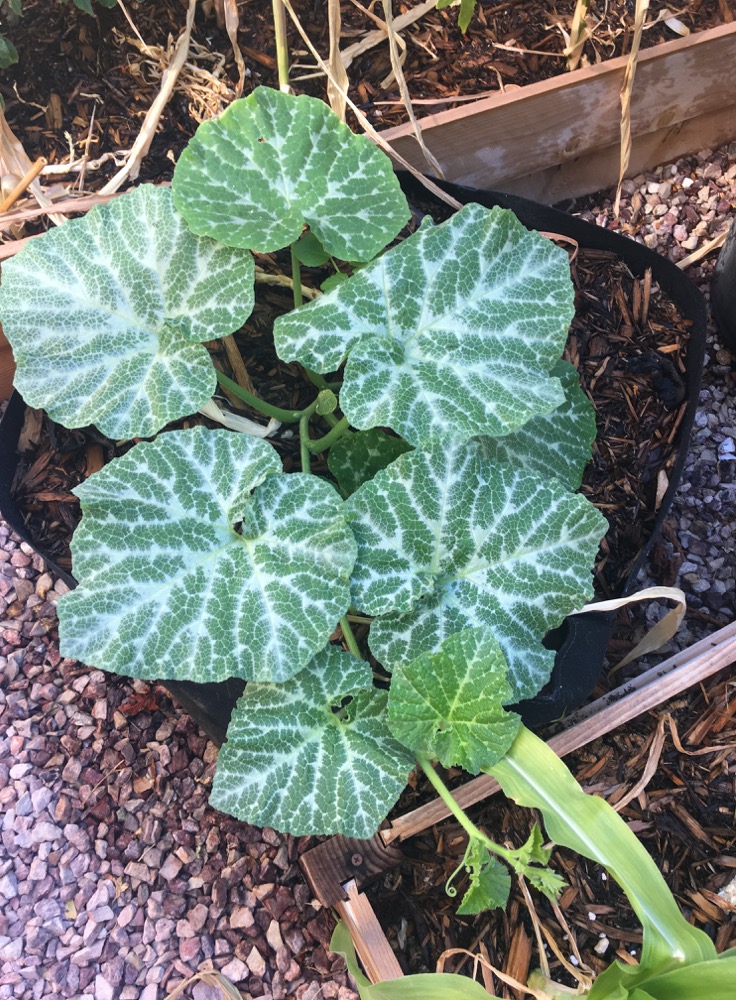
The clay actually works as an advantage to create the berms that will retain the moisture of any monsoon rains. Compost should be mixed into the depressed areas to add in organic matter, improve texture and start the microbial life. These depressions could be planted out with any number of taller monsoon crops, while vining crops planted to grow below will stay cooler in the depressions and also serve to protect soils by keeping them cooler and helping with water retention.
WHAT TO PLANT
Amaranth
Amaranth should be planted for greens. The birds love amaranth seed and it will deter them from damaging other crops. If you live on acreage and have free-ranging animals or bunnies, this is a good crop to plant around veggie gardens and young trees to protect them. They will also provide shade as they can grow pretty tall. It can also be maintained like a cut and come again spinach option.
Hopi red dye is an exciting option, with lovely red leaves. The Golden Giant is also beautiful and gets a lovely looking fall color by October. Dreadlocks and Elephant Head are others that are noteworthy.
Beans
Beans can be planted at the start of the monsoon season. Beans that tolerate heat and humidity are best to grow.
Long beans are also a good choice. A Turkish variety called Arsin has been particularly prolific at Solitary Bee Gardens and plants that were seeded in July produced well into December.
Cowpeas
Cowpeas thrive in this season and are very prolific.
Tepary Beans
Tepary beans are another consideration that most desert gardeners are not even aware of. They need the monsoon rains to germinate, but once established are very drought tolerant. Do not plant tepary beans with corn that is not a native variety. Non-native varieties will require more water, whereas tepary beans require less. They will be fine planted with native varieties. In September, green beans can be planted.
Cucumbers
Cucumbers will do better if planted later the monsoon as they really do not like the heat. However Armenian cucumbers thrive in the heat and can be planted out anytime from April right into the monsoon season. It is actually a melon and not a cucumber and can cross-pollinate with other melons.
Corn
Corn also does well during the monsoon season, however we strongly advise you stick with native desert varieties. Shorter varieties tend to mature faster and will require less water, than the taller varieties. Yoeme Blue is a good consideration for a shorter variety that does well in a lower elevation and is very heat tolerant. Onaveno is a tall variety that still produces viable pollen above 100 degree temperatures. It is a late maturing variety and not as sweet as a sweet corn variety, but a good all purpose corn.
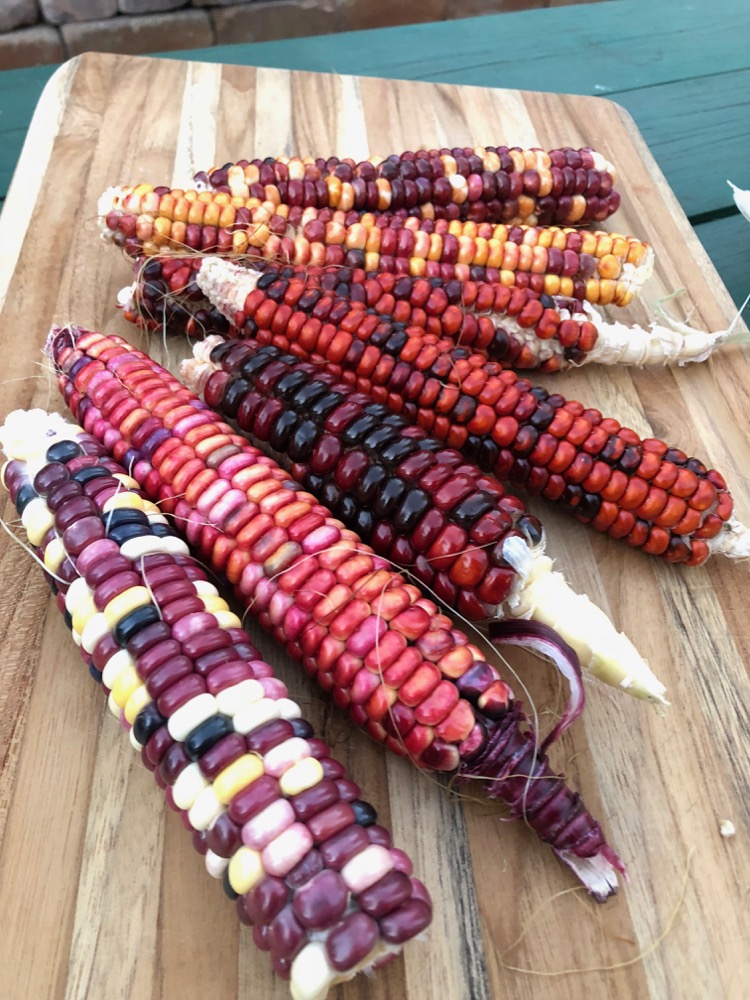
Spinach
Egyptian Spinach and Malabar spinach are also good for Monsoon planting. Egyptian Spinach can get really large, 8 foot tall is not unusual, so allow enough space and do not plant too many! It will also provide an abundance of seeds. This one can be maintained as a “cut and come again” crop. Malabar spinach is fleshier than other spinach types and will need to vine up a support structure.
Sorghum
Try sorghum! This is a great way to create biomass if you are on acreage. Additionally, sorghum will distract the birds from other food crops. (See our bonus planting idea at the end of the article.)
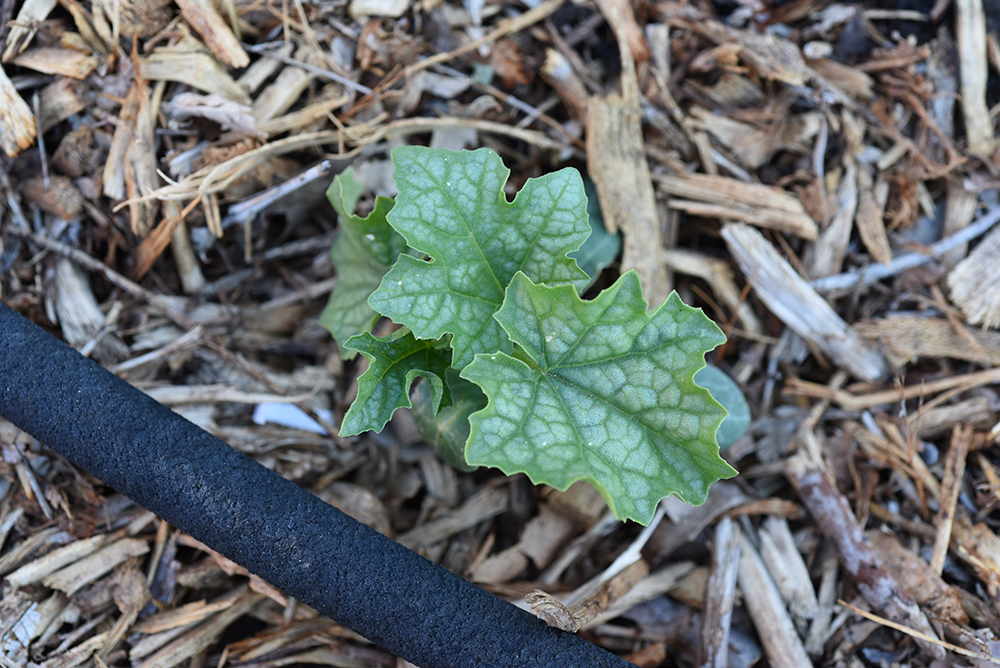
Luffa
Luffa is another great option. It will quickly completely cover a fence, so plant where you have a lot of room for it to roam freely. They produce a mass of lovely yellow flowers that are much appreciated by pollinators.
Okra, Peppers, Eggplant
One hot pepper to definitely have in the South West is chiltepin. Skinnier varieties of peppers and eggplant do better in our extreme heat. Often gardeners complain that their bell peppers are very small.
Pepper plants are perennials and can be left to grow as long as they are healthy and producing. The size will improve in the second and third year. However, a better option is to plant out other types of sweet pepper. Lunchbox snacking peppers are lovely for fresh eating. Red Marconi, Jimmy Nardello and Corno Di Torro Rosso work well for cooking applications.
This time of year okra, peppers, and eggplant can still be planted.
Some of our favorite varieties for okra are Jing, Clemson Spineless and Burgundy.
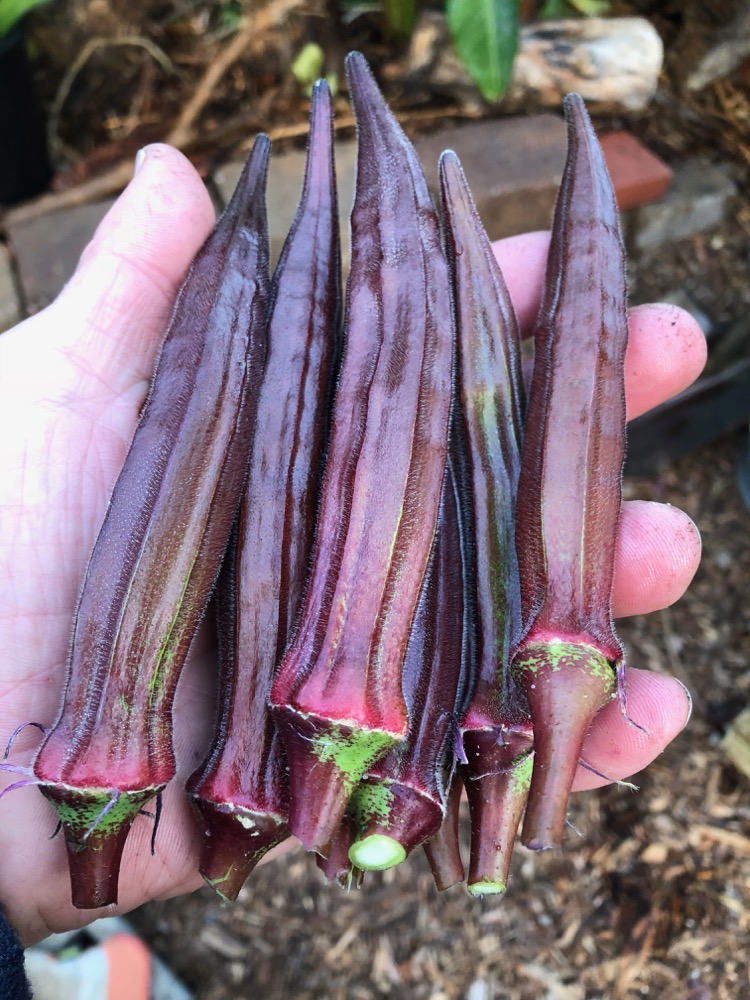
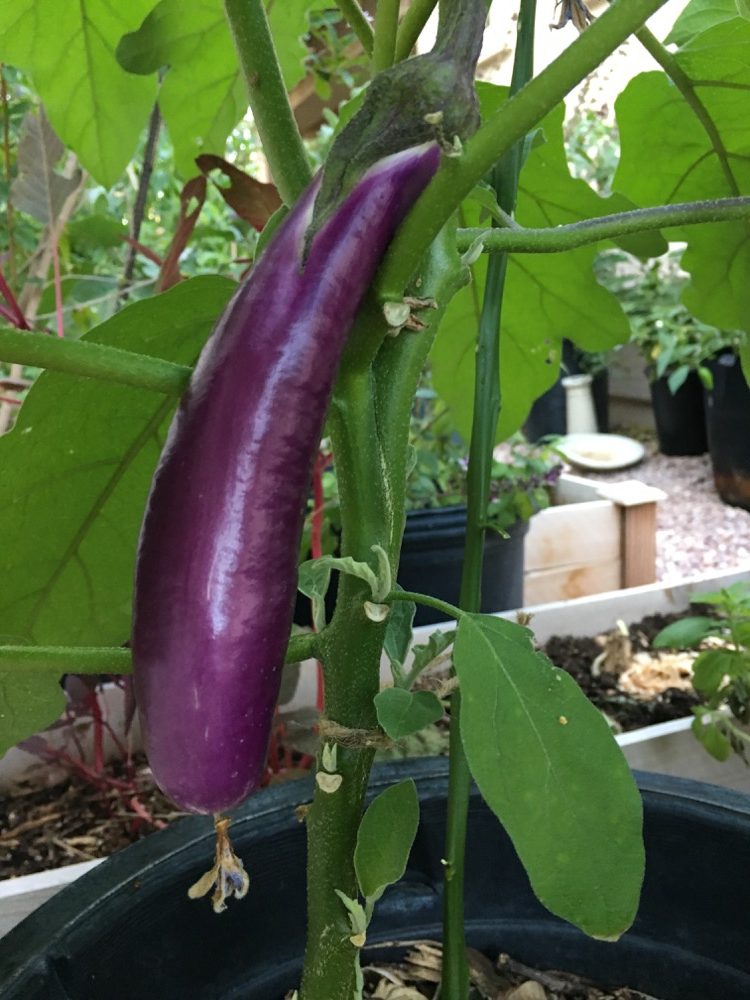
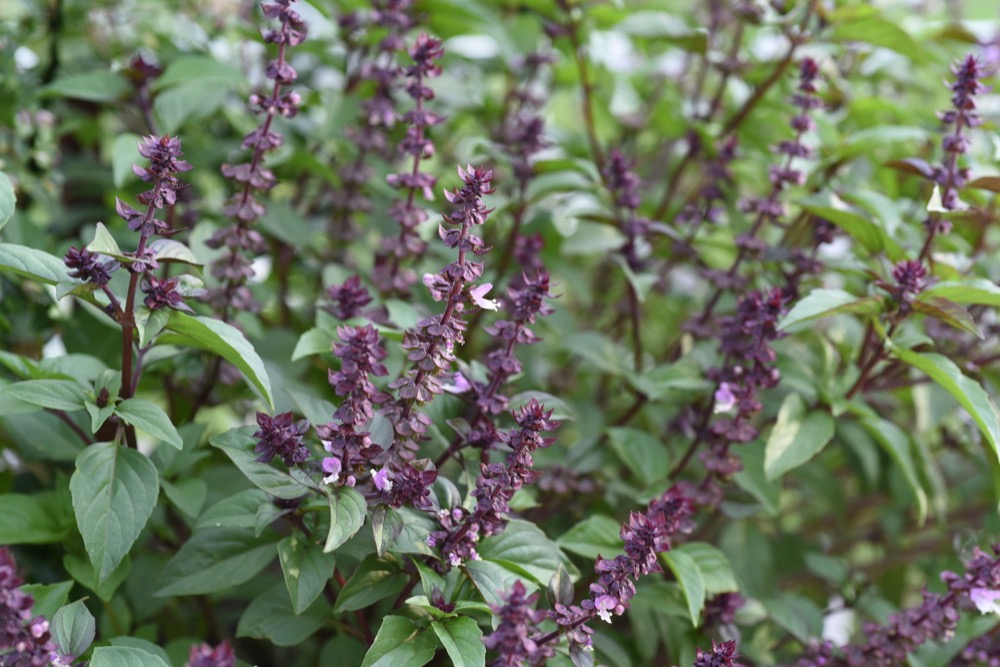
Basil
Basil soaks up all the moisture of the monsoon and is not bothered with the heat. You should be rewarded with an abundance of this tasty herb. There are so many varieties to try. Italian varieties for pesto are great, but Thai Basil, Holy Basil, and many others are exciting options.
I'itoi Onions
Often times there are gardening friends who can share these. They do exceptionally well in our climate and will provide masses of small bulbed bunching type onions.
Mint
Mint will be good in the shade with lots of water.
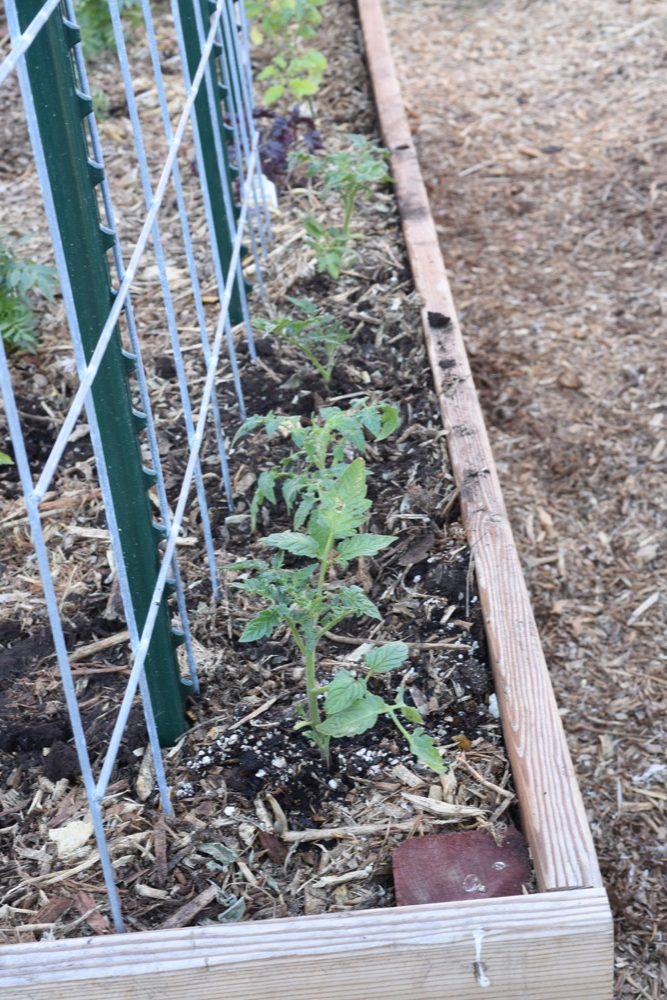
Tomatoes and Tomatillos
Get seeds started mid to end June. Transplant out August to September. Plant varieties that grow and produce quickly. Also look for varieties that do fine with humidity, and even look for varieties that do well in cooler climates. A favorite in the Solitary Bee Gardens is St Pierre. It is a rich tasting tomato of medium size and does well with the cold. Stupice (pronounced Stoo-Peach-Ka,) also does well. Favorites like Sungold and Sweet 100 will produce masses of tomatoes well into Winter and often overwinter to produce again in Spring.
Squash
Any type of squash, both summer and winter types can planted during the Monsoon. Additionally, this is also the time plant pumpkins so that they are ready in time for Halloween. Most pumpkins will need 100+ days to maturity, plant out accordingly.
FLOWERS FOR THE MONSOON GARDEN
Hollyhocks
Hollyhocks are biannual and will flower in the second year after being planted. However, when hollyhocks are planted during the monsoon season, it counts as the first year and they will flower the following Spring. This is a bit of Spring planning that begins in the monsoon season.
Sunflowers
Sunflowers and Mexican Sunflowers always add a pop of color. Consider planting some of the Fall colors of sunflowers in September and even into October and November for the Fall flower look. Sunflowers can be sown year round providing some interest no matter what season we are in.
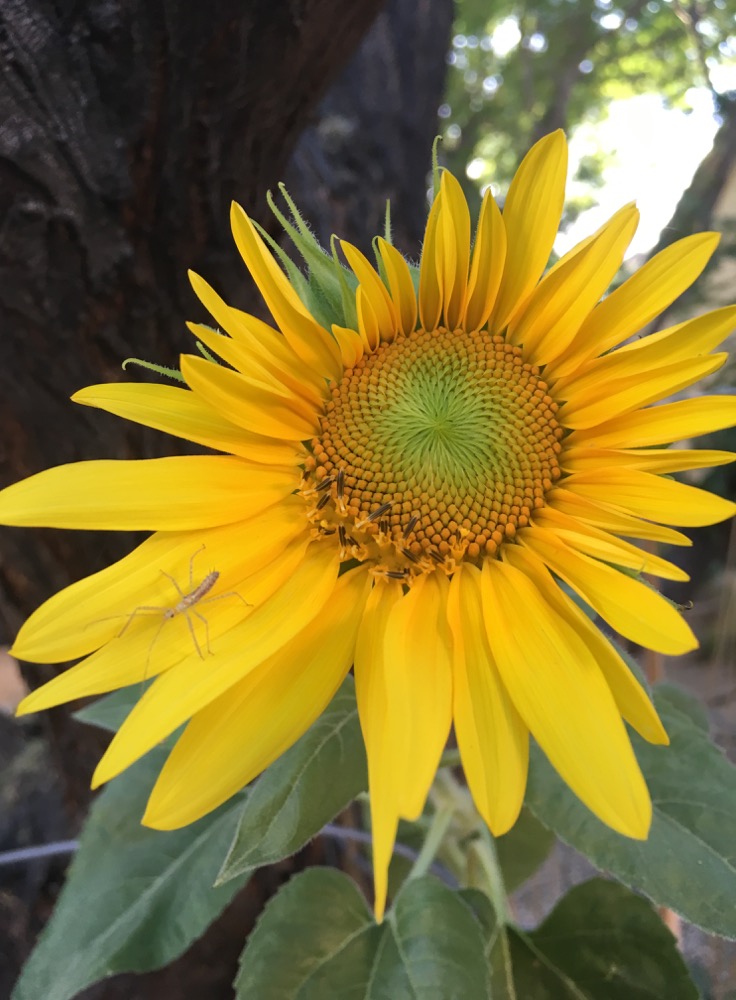
Vinca, Zinia, Gazinia
Vincas, zinias, and gazinias are lovely additions of color and provide summer forage for pollinators.
Rain Lilies, Day Lilies
Rain lilies should bloom after the rains and daylilies will still produce.
Nasturtium, Calendula, Bachelor's Button
Nasturtiums, calendula, bachelor buttons, can be planted in mid-August, and then succession sown again in October for Spring color.
At the end of the monsoon, wildflowers should be sprinkled in anticipation of a good Spring display.
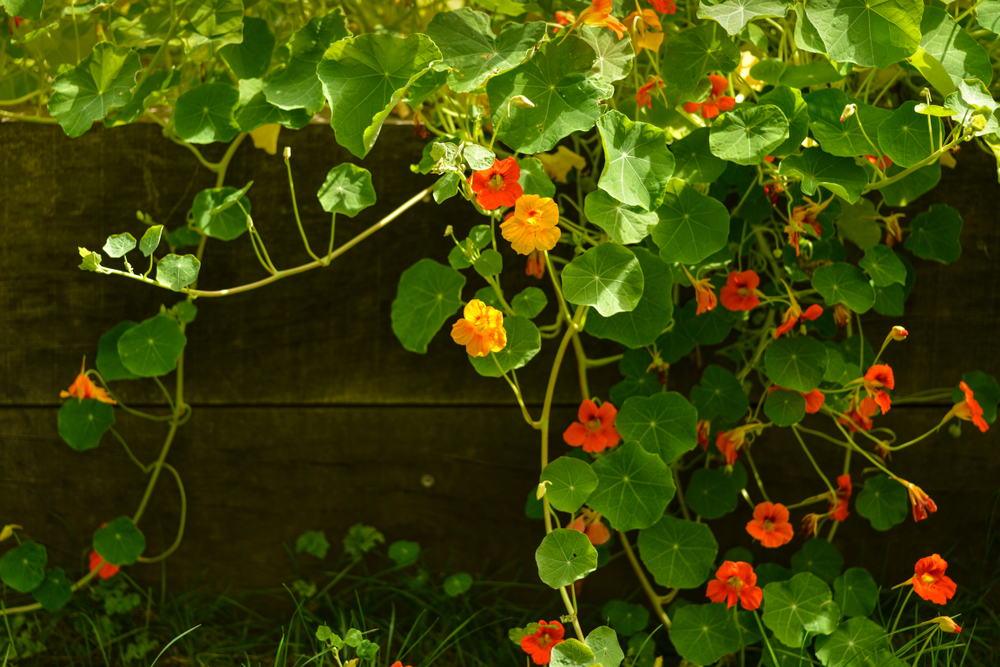
Rose Bushes
As rose bushes become available again at big box stores, this is a good time to purchase them, but do not plant until the end of October when temperatures are much cooler.
EASY SEED SOWING TIPS
Whether you are starting seeds indoors or direct sowing, these easy tips will help you be successful.
- As a general rule, sow seeds twice as deep as their size. Read package instructions, some seeds should be sprinkled on the surface of the soil rather than being covered with soil medium.
- Beans, corn, okra, squashes, Malabar spinach, and melons will all benefit from an overnight soaking before planting.
- It is vital to check that seeds are evenly moist at all times during the time of germination. For indoor seedlings gently mist 2 -3 times a day. For direct sowing, we suggest covering with some burlap or a layer of cheesecloth until the seedlings pop up to maintain soil moisture. You will still need to water in with a gentle sprinkle 2 times a day.
- Once germinated, remove the burlap or cheesecloth. At this point, you may want to pop a few supports in the ground – two-foot tall sticks will work fine. Drape some tulles over, but make sure it is not touching the seedlings. Secure the sides with rocks so the tulle is not blown off in the wind. The tulle will also provide some shade for tender seedlings. Once plants are about 6 inches tall the tulle can be removed.
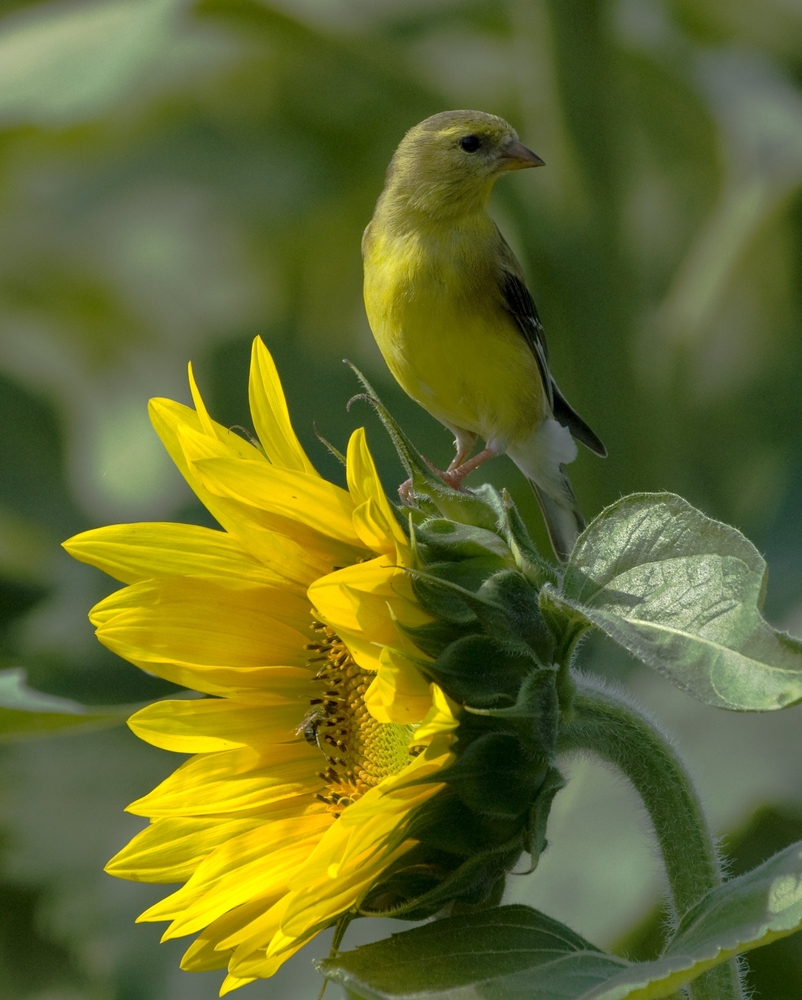
BONUS PLANTING IDEA
Gardeners tend to become more aware of habitats and the needs of wildlife around them and often look for ways to help and support little animals and insects.We love the idea of planting out a Bird Feeding Garden away from the the vegetable garden. Try amaranth, sorghum, Egyptian spinach, sunflowers and any other plants that produce a lot of seeds. Wildflowers are another great addition. They will attract a variety of insects, which also make tasty eating for our featured friends.

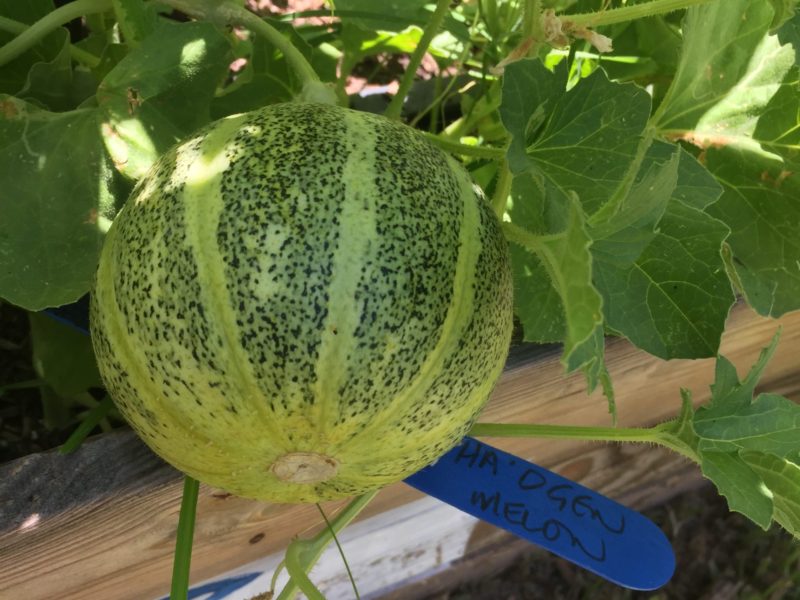
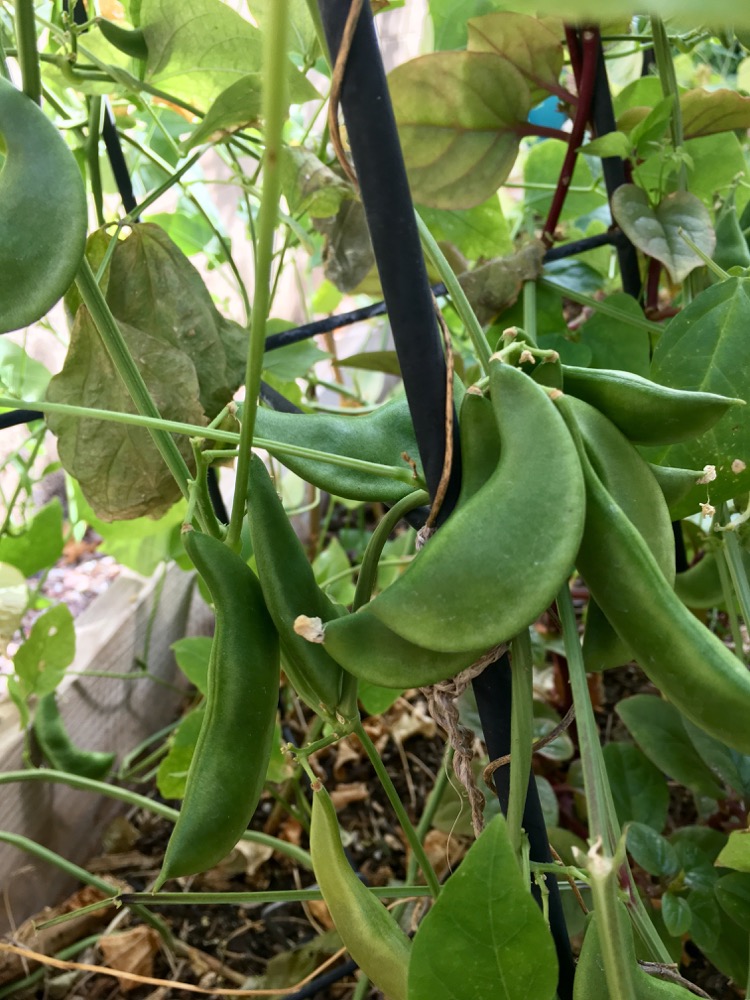
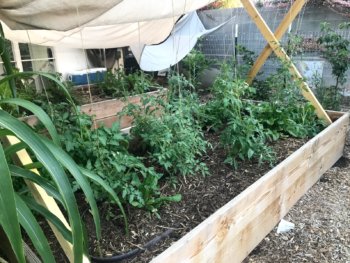
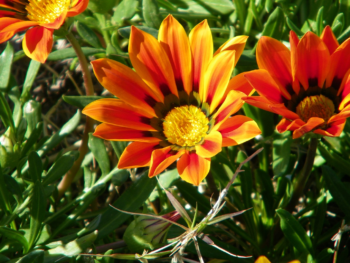
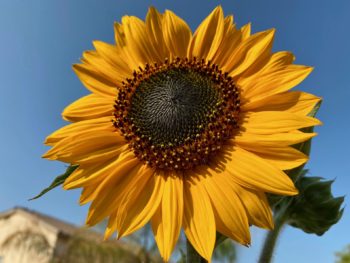
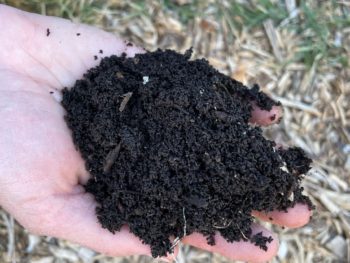
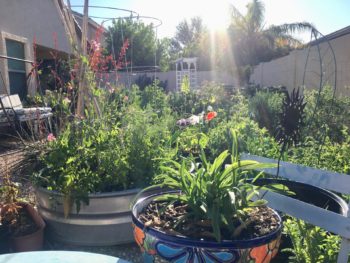
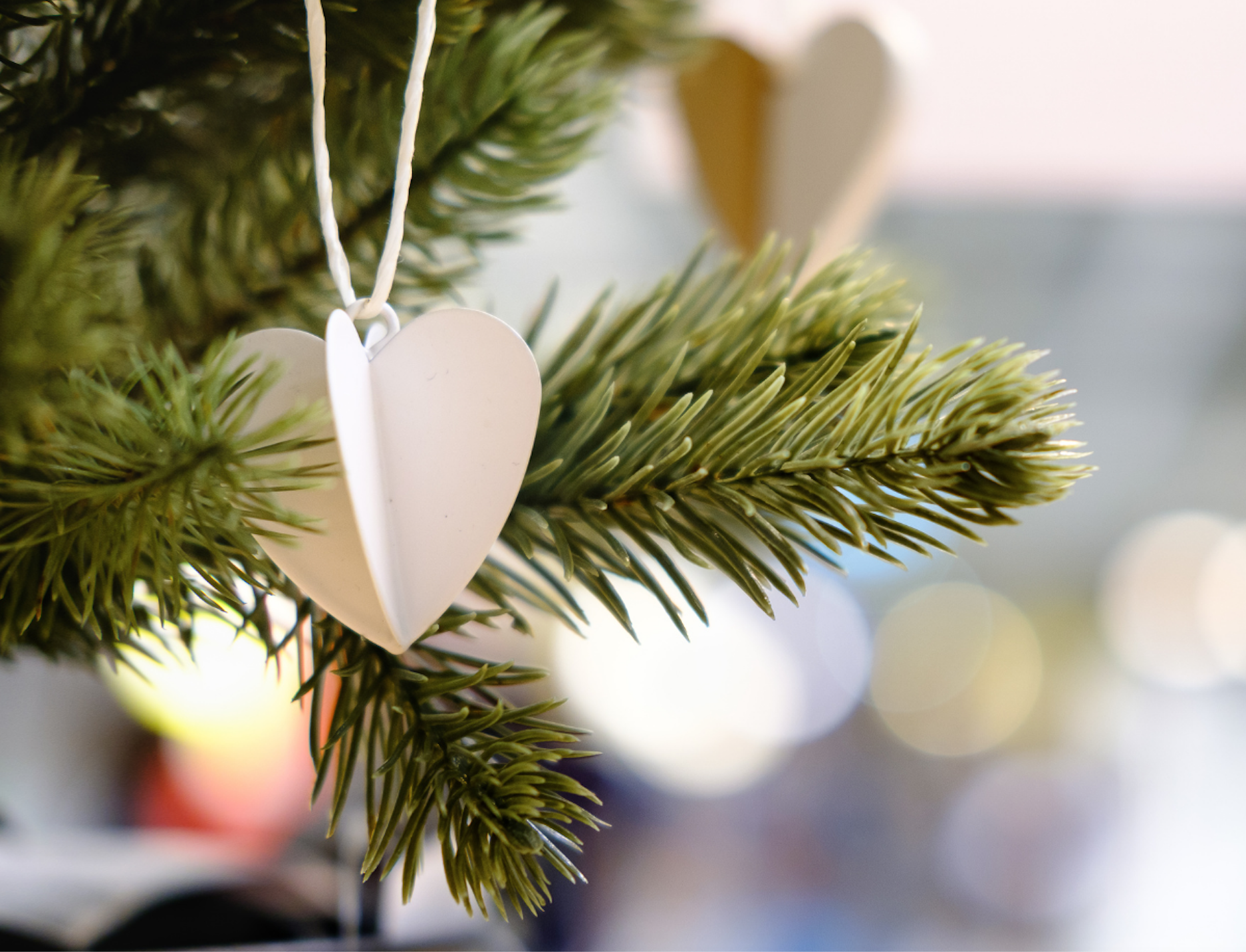
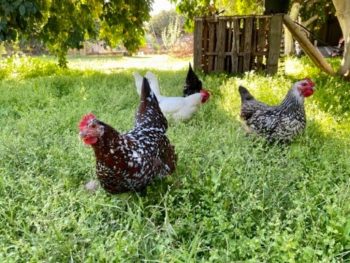
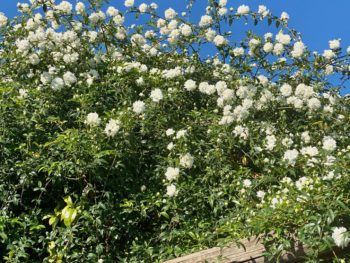
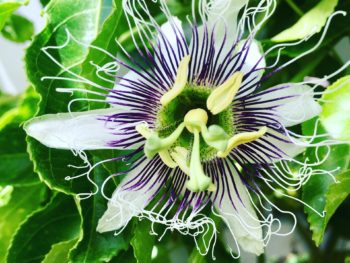
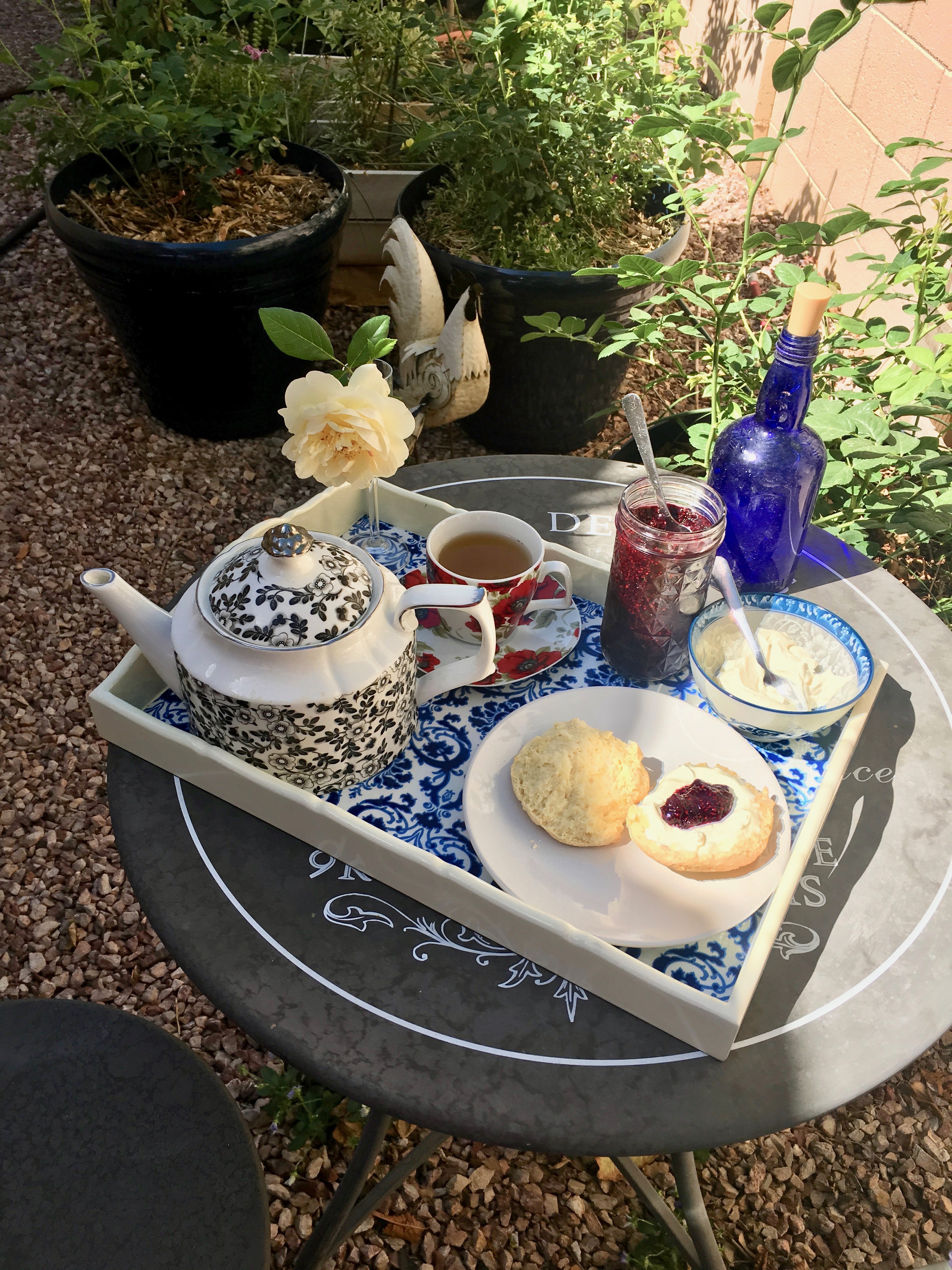 Mulberry Chia Jam
Mulberry Chia Jam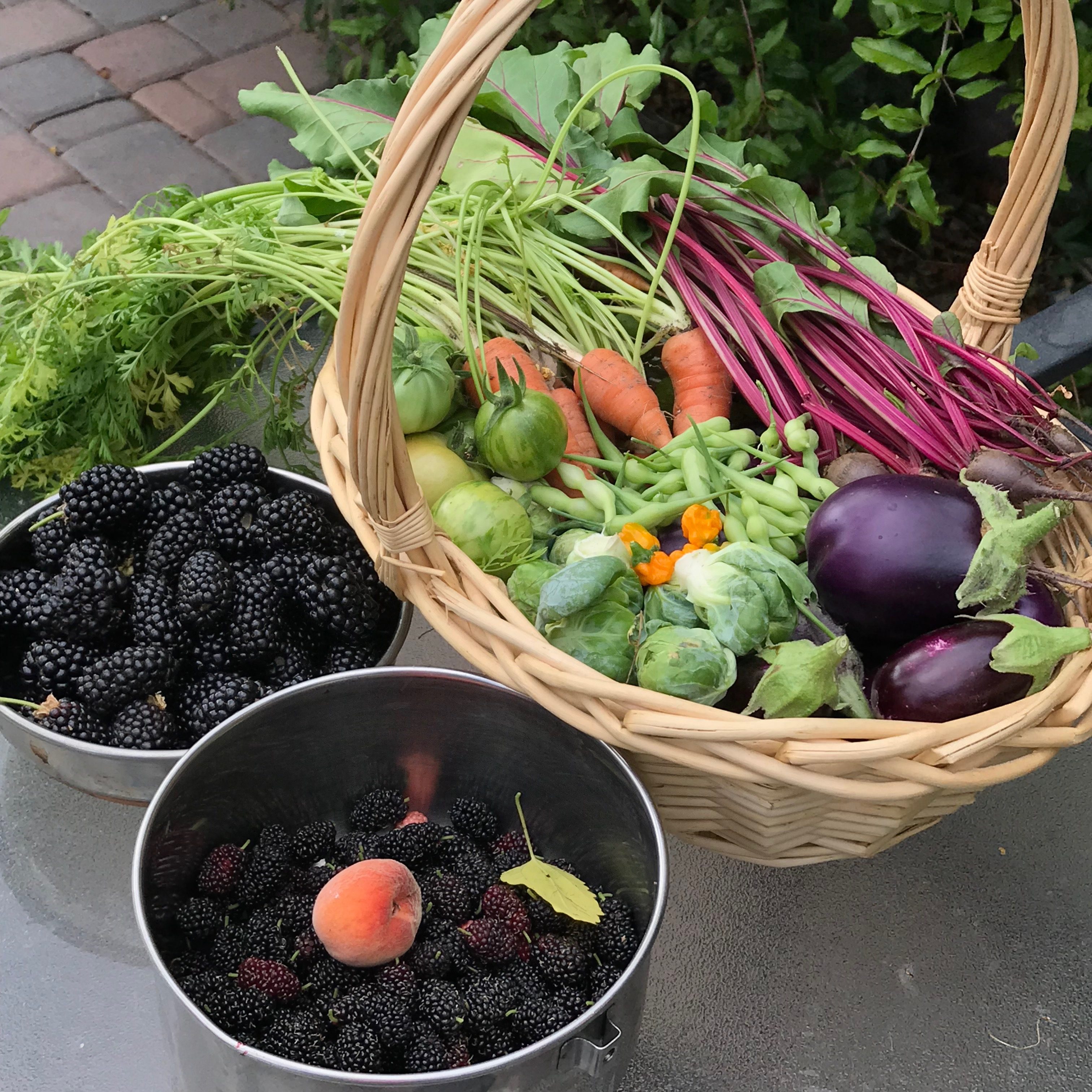
As Manager of The Crazy Chile Farm (in Ever-So-Far-East Maricopa County), and as a very active backyard farmer, I extend my congratulations to you for producing an extraordinary blog! Accurate information, succinct, well-written, excellent layout! The CCF is a 501(c)3 using the revenue from the sale of our chile powders to support feeding programs (like United Food Bank) and victims of weather disasters (like the Nebraska floods and Hurricane Harvey); and to use 1/2 of our growing surface to do grow-outs of seed stock to support to support Native American Communities working to revive traditional farming.
Thank you Bill. We are very passionate about all things gardening and we definitely realize the value in Native crops. Thank you for your great work at the Crazy Chile Farm.
I guess it is time to plant my Cowpeas! Someday I’ll have a place to start seeds indoors…
Yes, it is! As I recall, you had a fantastic crop of them last year. Good thing they do not have to be started indoors. However, perhaps a tiny corner of the garage could work for seed starting…
I’m looking forward to my first monsoon garden 😊 Thanks for the tips. I haven’t tried planting this way. Hopefully this will be my key to growing luffa, at last…
Yay! you can do it. Lots of wall space for luffa!